Top 10 most influential video games of all time
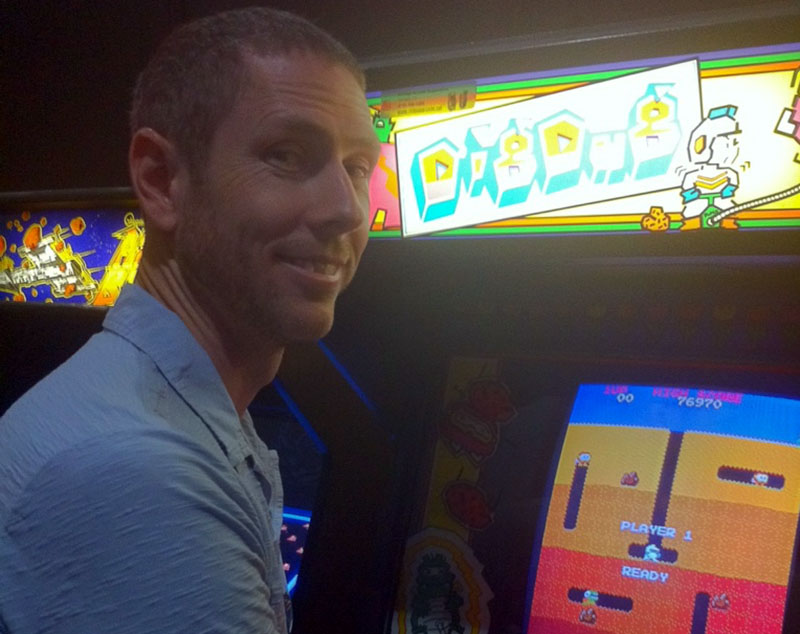
If you want to make video games for a living, it’s incredibly helpful to learn a bit of video game history. Which games made the biggest impact on the world, and why? Which iconic games changed the course of video game design forever?
Playing historically important games is not just for fun. It will also make you a better game developer. It will help you understand the evolution of games as an art form, and experience the kinds of features and mechanics that history’s best designers used to create engaging and successful games.
In other words, by studying the games that shaped the industry, you can learn from the successes (and mistakes!) of the past. Then you can bring that knowledge to the table when you’re designing of your own games.
As a child of the 1970’s, video game history is closely tied to my own personal history — I experienced it from basically the beginning. I can honestly say these games changed my life, and inspired me to become a professional game developer.
With that, let’s take a short stroll through gaming history, and highlight the most influential games that shaped the industry as we know it today.
Pong (1972)
Elevator pitch: Electronic tennis! (Sort of.) Move a paddle up and down to hit a ball back and forth and try to prevent it from going past your side.
Pong was one of the first video games ever created and, for most people, it was the very first video game they ever tried. Pong helped to establish the video game industry, and popularized the concept of arcade gaming. Even though it was created over half a century ago, the game industry owes it respect for introducing a mass market to the concepts of sports games, and home consoles.
Fun fact: Pong was created by Allan Alcorn, as an assignment to help him learn game creation in his new job at Atari. But his managers (the Atari founders!) were so impressed with his work, that they decided to release the game officially. It went on to become the world’s first commercially-successful video game.
Pac-Man (1980)
Elevator pitch: Control Pac-Man, who moves through a maze, eating dots and avoiding ghosts, with the objective of getting a high score.
Pac-Man introduced the maze chase genre of video games. But more importantly, it helped establish the idea of characters with distinct personalities in video games. It also introduced many of the gameplay elements that are now common in maze chase games, and went on to influence other popular titles of the era including Ms. Pac-Man, Dig Dug, and Ghost ‘n Goblins.
Fun fact: The idea for Pac-Man (originally called Puck Man) was inspired by the shape of a pizza with a slice missing. Toru Iwatani, who was the lead designer, wanted to create a game that would appeal to a wider audience, specifically women. So he came up with the idea of an “eating” game where the main character, Pac-Man, eats pellets and tries to avoid ghosts.
Tetris (1984)
Elevator pitch: Rotate and move falling blocks to form complete lines and clear them from the screen, with the objective of getting a high score.
Tetris was influential because it popularized the puzzle game genre, and was one of the first games to be played on a handheld gaming device. In fact, it was so successful that it’s widely considered to be the best-selling game of all time. It even holds the Guinness World Record for the most ports to other gaming platforms. Tetris helped to pave the way for other smash-hit puzzle games like Candy Crush, Bejeweled, and Puyo Puyo.
Fun fact: Tetris was created single-handedly by programmer Alexey Pajitnov, on an Electronika 60 — a Soviet clone of the IBM PC. Pajitnov was working at the Russian Academy of Sciences at the time, and he created the game in his spare time. You might say he was one of the first indie game developers!
Super Mario Bros. (1985)
Elevator pitch: Control Mario or Luigi and attempt to rescue Princess Toadstool from the evil Bowser by traveling through various side-scrolling levels and defeating enemies.
Developed by Shigeru Miyamoto and his team, Super Mario Bros. introduced the side-scrolling genre to a mass audience. And maybe more importantly, it helped revitalize the game industry after the market crash of 1983. It also solidified the gameplay and characters that would go on to become the core of Nintendo’s Mario series, which continues to be one of the most iconic and successful in the industry.
It may not have been the first, but its success was undoubtedly one of the reasons developers continued making side-scrollers. Without Super Mario Bros., we might not have other beloved titles like Sonic Mania, Ori and the Blind Forest, Hollow Knight, or Celeste.
Fun fact: Mario was originally going to be a carpenter named Jumpman. But during development of the original Mario Bros., Miyamoto decided to change him to be a plumber, which made more sense because that game was set entirely underground.
The Legend of Zelda (1986)
Elevator pitch: Control Link as he embarks on an action-adventure journey, solving puzzles and battling enemies, to rescue Princess Zelda and defeat the evil Ganon.
The Legend of Zelda popularized the action-adventure genre, and helped establish the concept of open-world exploration in video games. Besides introducing beloved characters that would go on to star in many other titles in the Zelda franchise, the game’s influence has rippled through the decades to inspire modern action-adventure games like The Elder Scrolls V: Skyrim, Assassin’s Creed, and Horizon Zero Dawn.
Fun fact: When Shigeru Miyamoto was designing The Legend of Zelda, he was heavily influenced by his childhood experiences and his love for exploring caves and forests around his hometown. The game’s story and characters were also inspired by various mythologies, including Norse and Arthurian legends.
Doom (1993)
Elevator pitch: Take on the role of a space marine and battle hordes of demons and other monsters in a first-person perspective, using an array of weapons and power-ups.
Doom (and its follow-up Doom II) popularized the first-person shooter genre, and helped show the world that their DOS-based “business” PC can also make a great gaming platform. It also popularized the use of 3D graphics in video games, and pioneered many of the mechanics that are now common in first-person shooter games. Without Doom, we might not have many of the modern first-person shooters we love, like Call of Duty, Battlefield, or Halo.
Fun fact: Doom’s dev team was very small — only four people: John Carmack, John Romero, Adrian Carmack, and Tom Hall. Even with such a small team, they were able to create an innovative game that was cutting-edge in terms of visuals and game play.
Super Mario 64 (1996)
Elevator pitch: Control Mario as he travels through different levels, jumping and fighting enemies, to collect power stars, in order to rescue Princess Peach from Bowser.
For many of us, Super Mario 64 was the first 3D platformer game, and it blew our minds! As an early and very successful title, it helped establish the concept of 3D exploration in platformers, and pioneered game mechanics that are still in use today by the Mario franchise — not to mention many others like Ratchet & Clank, and Spyro the Dragon.
Fun fact: Super Mario 64 was one of the first games to use the Nintendo 64’s hardware capabilities to create a true 3D environment. The game development team, led by Shigeru Miyamoto, had to invent a new control scheme for players to move Mario around a 3D space, along with a camera system to follows the character’s movements. Their solution might not have been perfect, but it planted the seeds for 3D camera navigation that we still benefit from in games today.
Grand Theft Auto III (2001)
Elevator pitch: Take on the role of a criminal and navigate an open-world environment, completing a variety of missions and engaging in various illegal activities while trying to climb the ranks of the criminal underworld.
Grand Theft Auto III (also called “GTA3”) took the gaming world by storm, popularizing the open-world genre and helping establish the key concepts of sandbox-style gameplay. Its gameplay elements and satirical content are now common in the Grand Theft Auto series, but it it has also influenced modern open-world games such as Saints Row, Sleeping Dogs, and Watch Dogs.
Fun fact: To support the game’s high-performance graphics and gigantic open-world design, GTA 3’s development team had to create a brand new video game engine (the RenderWare engine). Besides the tech, the game’s writing was also considered groundbreaking. The storyline, characters, and satire of American culture helped establish it as one of the most successful — and controversial! — game series of all time.
World of Warcraft (2004)
Elevator pitch: Create a character and embark on a journey through a massive, persistent online world, completing quests, battling monsters, and interacting with other players.
World of Warcraft (“WoW” for short) was influential because it popularized the massively multiplayer online role-playing game (MMORPG) genre, and helped get gamers more comfy with the concept of subscription-based gaming. It introduced many of the elements that are now expected in any good MMORPG, and influencing beloved titles like Final Fantasy XIV, Guild Wars 2, and Black Desert Online.
Fun fact: WoW was in development for almost four years, and went through multiple large-scale redesigns before it was released. The developers had to create a new 3D game engine, rewrite the game’s server architecture, and design entirely new systems that could handle the game’s record-setting massive player base.
Minecraft (2011)
Elevator pitch: Explore, mine resources, and build structures using blocks in a 3D randomly-generated world.
For many people, Minecraft was their first experience with the sandbox building game genre. But it’s staying power might be because it’s a game that can be enjoyed by people of all ages. Minecraft opened the world’s gamers to the creative potential of sandbox building games, and introduced many of the gameplay elements now common in similar hits like Roblox, Terraria, and Dragon Quest Builders.
Fun fact: Minecraft was originally created over several years by Markus “Notch” Persson, as a side hobby while he worked at his normal job as a game developer. Minecraft’s popularity spawned a huge community of players and modders, and is even used in “serious” fields like education, architecture, and urban planning.
What are your influences?
The games above are arguably the most influential video games of all time. But every gamer is unique. Personally, some of my biggest influences range from classic arcade games like Tempest, to AAA superstars like The Last of Us. (I was also a huge fan of Super Mario Bros. 2, but that opinion can really set a room on fire.)
We all have games that are special to us — games that shaped our own personal gaming histories, and helped make us who we are today. Which games made a memorable and lasting impact on you?
Read my new book!
Making games for a living is an incredibly rewarding career, but it’s hard to break in unless you have insider knowledge. This book levels the playing field.


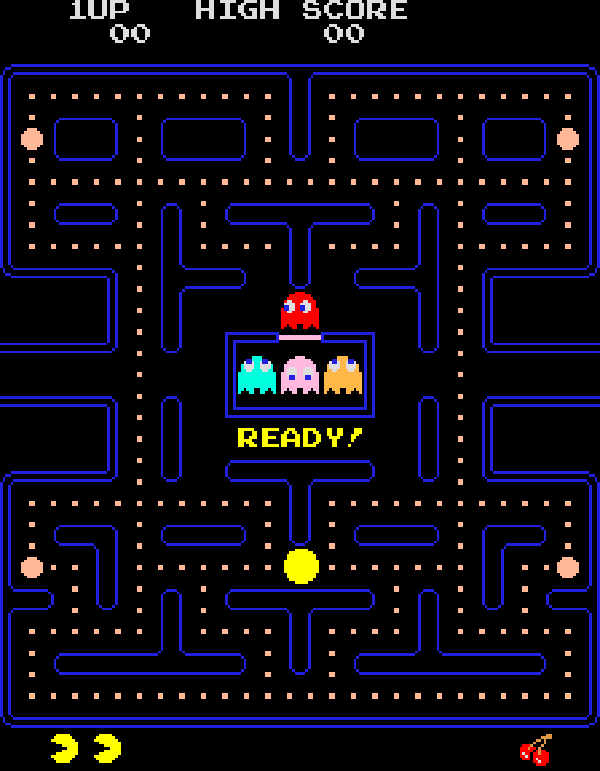
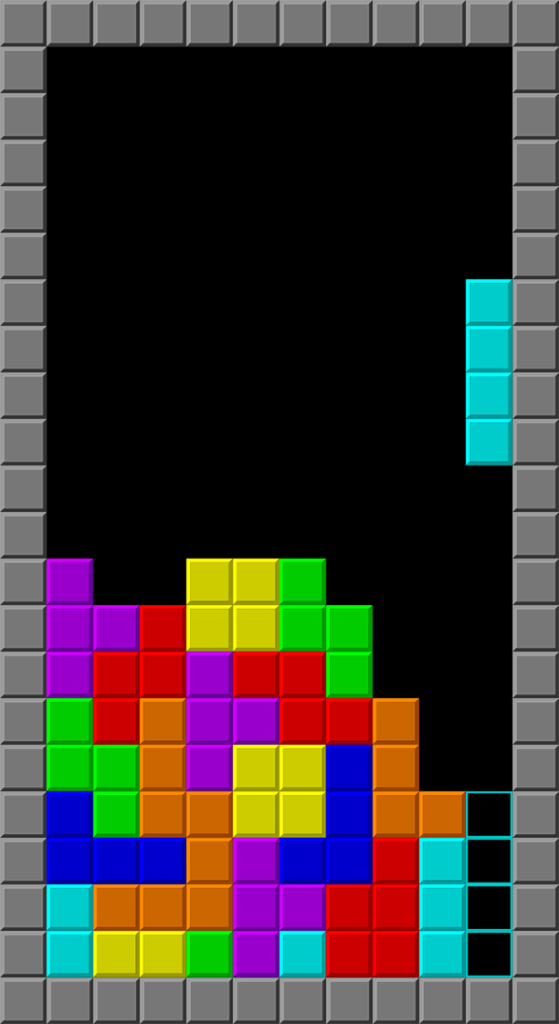
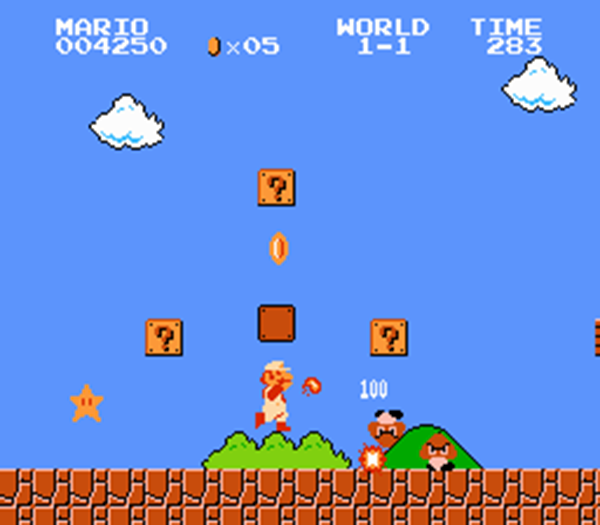
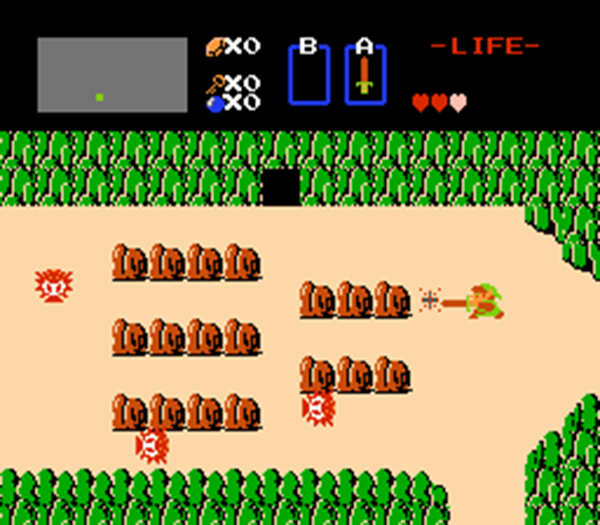
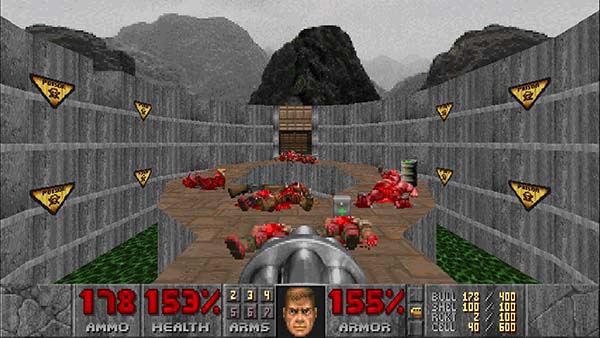
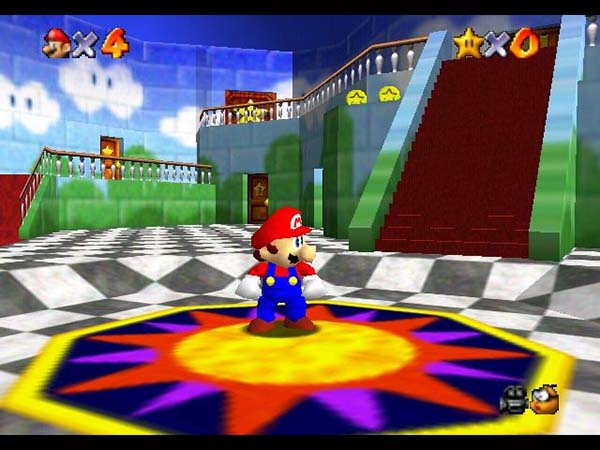
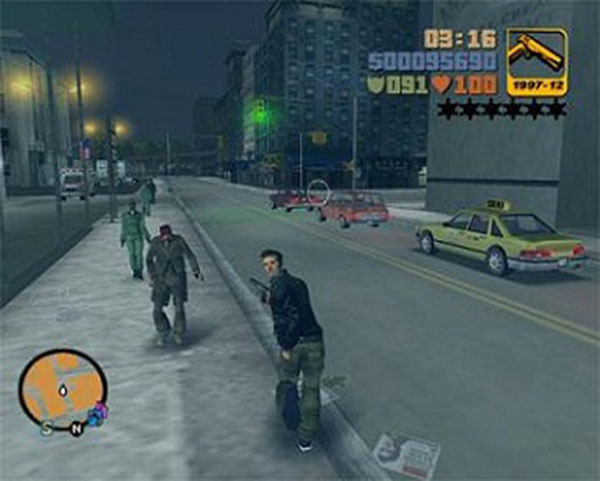



Super Mario Bros. 3 and Super Mario World, leaves a lasting impression for me. Even after 30 years, I still long for playing those titles again, this time, with my children.
Command and Conquer: Red Alert is the first strategy game that influenced me to love the RTS genre, and with its rules.ini modification, motivates me to learn about computer and coding.
Total Annihilation series are the games that helps me acquire English as a second language (my mother language is Indonesian language), and the first RTS games that have many different ways to acquire resources (most of the RTS games at that time have only one resource: gold). It also force us to factor the LOS (line of sight) and elevation for making decision for our strategy.
Star Command, Starcraft, and Total Annihilation Kingdoms are the RTS games that has more than 2 playable factions with their own distinct characteristics, (most of the RTS games of the time only has 2 sides).
Dungeons and Dragons series (I personally love the Dungeons and Dragons Online/DDO) are said to be the mother of all RPG games, which I love very much ever since I played Xenogears and Diablo 1.
The Elder Scrolls: Skyrim and Lord of the Rings Online (LotRO), both games have great open world settings, stories, and I personally both respect and amazed at the grandness of the LotRO open world system and size (most other RPG games use “portal” or something similar that divides each map, and those maps not that big either).
Ragnarok Online (RO) is the first game that hook me to the MMORPG genre (and after 20 years I still play it sometimes), have great world maps, storylines, and most of all, THE MUSIC. Those music from RO are still haunting my head (and I set some of them as ringtones too, probably why XD).
I guess that’s all for now. I still have other unique, memorable, and recommendable games I have in my mind, but the list will be too long if I put them all here (not to mention I still have my businesses to attend and some games waiting to be played as I write this), being a true gamer with more than 35 years of “flight hours”.
Oh wow, those are some GREAT games! I have super fond memories of Command and Conquer (the original, and Red Alert) – after college, my roommates and I used to play them for HOURS, sometimes literally all night until dawn. And Total Annihilation was mind blowing, with its full-3D units and topography, and the “reclaim” mechanic was really innovative. Thanks for sharing your memories!
Although its months after this article, I had to comment on the injustice of leaving out street fighter ii and halflife/counterstrike. 2 of the most important games in history. In particular Streetfighter.
Hi Jimmy! “Most influential” game is inherently subjective. But I think you’re right — could make a strong argument for Street Fighter II. Half-Life would be a harder argument, it was definitely influential in terms of integrating storytelling into FPS gameplay, but it wasn’t as genre-defining as Doom. I’ll consider Street Fighter II for my next update!